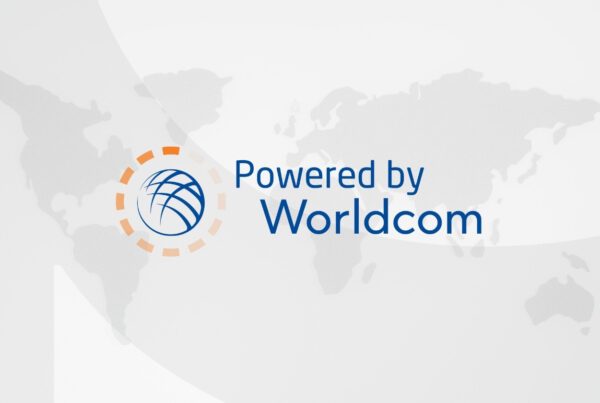By The Pollack Group
Unlike traditional web design, landing pages are meant to be a more consolidated experience with fewer places to navigate and only one or two calls to actions or purposes. The process goes beyond simply designing something to look good, but instead gives the customer what they need to complete their action. It is a highly targeted approach that is usually coupled with a highly targeted digital ad campaign.
Advanced digital marketers and web designers will go an extra step further with a pre-launch period that involves launching and designing multiple landing pages meant to target different products, audiences, and locations to optimize a product or brand’s hard launch fully.
Landing pages are also typically referred to as a “lead capture page” or a “static page.” Us artsy folks like the term landing page since it speaks to the page’s design to land a desired customer or action to the page. Capturing leads by compelling visitors to take the desired action can only be achieved by design. Usually promoted through Google Ads or other similar services, landing pages are usually found organically through keyword and high-ranking search results. In short, they are essentially a micro-site within the organization’s larger website with the sole purpose of increasing conversions.
Landing pages originated with Microsoft’s IT departments in early 2003 in response to online sales of Office. The process back then was relatively slow and even time-consuming. By 2009, several startups were created to help consolidate the process. The rise of eCommerce provided optimal conditions for these startups to launch and nearly take off. Since then, the services have expanded with capabilities like email marketing, lead nurturing, and CMS systems.
Landing page formats are often straightforward with action-oriented headlines. A high-performing landing page often explains the online offering clearly and concisely and includes calls to action at both the top and bottom of the page. Focusing on one promotion, product, or sale, the page exists to get one message across. It pushes that message to the foreground for higher conversion and allows the web designer and digital marketer to isolate and track the messaging success. For a successful landing page, be sure to include:
1. An outstanding headline
2. Persuasive subheads
3. Pictures
4. An explanation
5. Something about pain
6. Something about pleasure
7. Methods of contact
8. A guarantee
9. A powerful call to action
Now that we know what a landing page is, let’s dissect what a conversion is. Essentially, all the word conversion refers to is how well the page is doing. Some websites have one or two landing pages, while others have dozens, as addressed previously. To know how well each one is performing, one has to calculate the page conversion rate. This refers to the percentage of time visitors are converting on whatever you’re offering.
Every landing page needs some kind of incentive. It could be a lead magnet, content upgrade, discount code, or something else that is enticing. Then, the conversion tells you how well your audience is responding to that enticing offering.
READ MORE: Busting The Lead Generation Myth
A common mistake inexperienced marketers often make is directing all their PPC traffic to their homepage. To combat this common error, advanced digital marketers and web designers stress the importance of creating specific landing pages that provide quality experiences for their visitors. Tailoring landing pages to different offers allows digital marketers to target each user’s need, therefore driving conversions.
As portals, high converting landing pages simplify how people navigate on a webpage and make the process of moving visitors down the funnel more efficient. The average conversion rate falls around 2.35%. Top landing page sites can convert up to 25%. With this, though, it is utmost important to realize factors like industry, product, and services, and the desired target audience will all weigh in on the ability to convert website visitors to leads and from leads to sales.
So, you would think it would be a difficult task to calculate your landing page conversion rate. Great news, it isn’t. All you need to know is two things:
1. How many people are visiting the landing page per day
2. How many people went for your offer – AKA the conversion.
You then take these numbers and divide the number of people by the number of website visitors and then multiply the result by 100.
Landing pages are not a one-size-fits-all category. They exist to target specific audiences, which means they will vary in purpose, intent, product, angle, focus, industry, niche, perception, buy-in, cost, messaging, value proposition, and testimonial approach. While landing pages possess the potential for variation, high-converting landing pages typically have several characteristics in common. These are seven guidelines web designers and digital marketers can utilize to influence the success of a high converting landing page:
1. Choose the best landing page builder
2. Go above and beyond with your value proposition
3. Keep things extra simple
4. Show people social proof
5. Use a sales pitch video
6. Remove navigation elements
7. A/B test your landing page
If your landing page conversion rate is low, the first thing you want to do is adjust your funnel. You also want to take a look at how your visitors are navigating over to your site. And always analyze your data.
READ MORE: Marketers Take Notice – Conversion Is Now A Consumer’s Journey, Not A Brand’s
A high converting landing page represents revenue. This page is the place where customers click, make purchases, and in turn, earn you a profit. By engaging with your customers through landing pages, you can convert them into customers.
Design upgrades are essential too. You may find that removing a button or lead form helps with conversion rates. Essentially, this is removing distractions from the landing page and providing a clearer funnel for the buyer or prospect.
And last but not least, be sure to get creative with your landing page. The landing page is something visitors click into from a dynamically creative ad. So, don’t disappoint, or they will bounce to another page.






